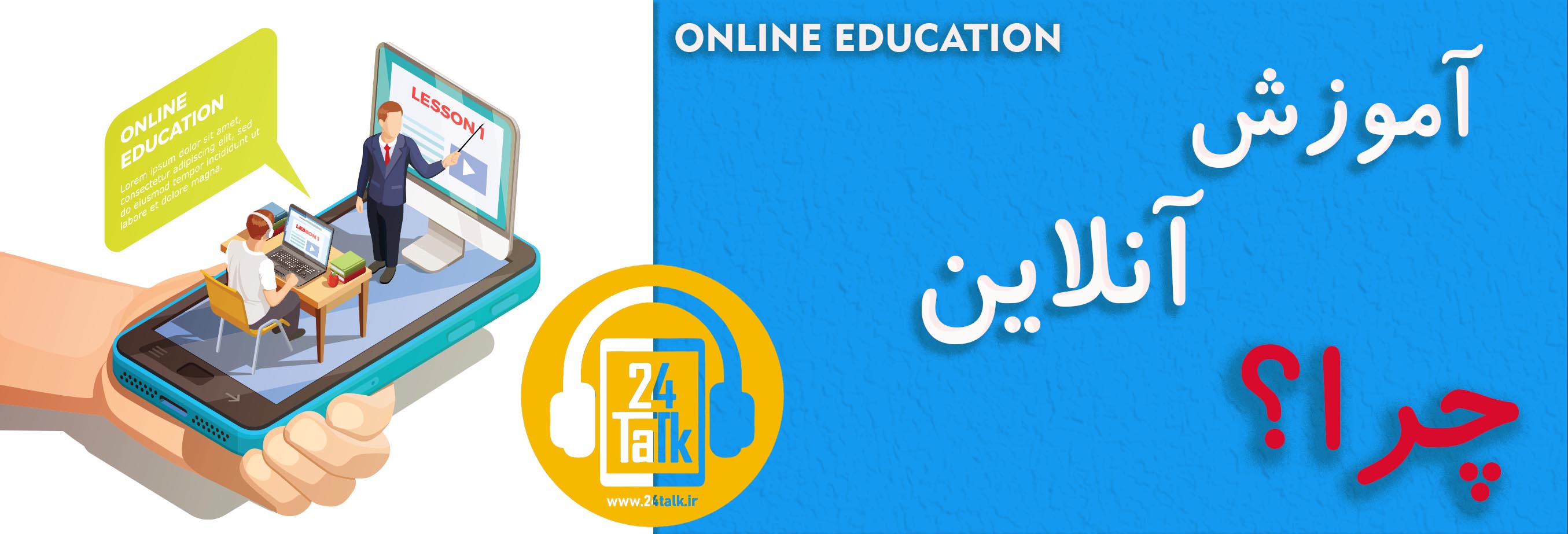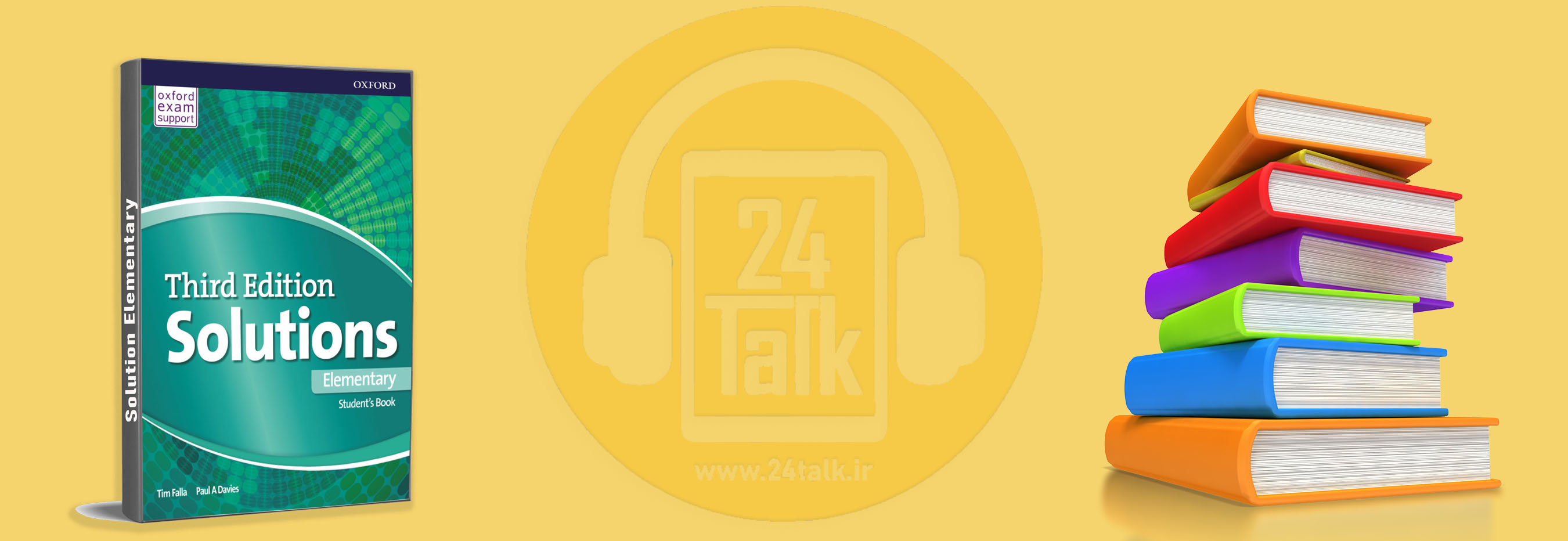آموزش ویدیویی گرامر: حال ساده و استمراری
به اولین قسمت از آموزش ویدیویی گرامر در 6 دقیقه خوش آمدید. در این قسمت از آموزش ویدیویی گرامر: حال ساده و استمراری مجری برنامه ویل Will از دو تا شرکت کننده به نام های سارا Sarah و جیم Jim در مورد تفاوت بین زمان حال ساده و زمان حال استمراری سوال می پرسه. یکی از این زمان ها برای عادت ها به کار میره و اون یکی برای توصیف کارهایی که در حال وقوعه. تو میدونی کدوم به کدومه؟ به نظرت کدوم شرکت کننده برنده مسابقه میشه؟ این قسمت از برنامه رو ببین تا کلی نکته کاربردی در مورد استفاده درست از زمان حال ساده و زمان حال استمراری یاد بگیری.
بعد از تماشای آموزش ویدیویی گرامر: حال ساده و استمراری می تونی از نکات گرامری که در ویدیو مطرح شده و در این مطلب نوشته شده هم یادداشت برداری کنی و به چندتا سوال مرتبط با این مبحث گرامری جواب بدی.
خب، آماده ای؟ بزن بریم!
The Grammar Gameshow – 01 – present simple and continuous tenses
متن انگلیسی ویدیو:
Will
Hello and welcome to today’s Grammar Gameshow! I’m your host, Will! – not going to! And of course let’s not forget Leslie, our all-knowing voice in the sky.
Leslie
Hello everyone!
Will
Tonight we’re going to ask three questions about…
Leslie
The present simple and present continuous tenses.
Will
OK! Now, let’s meet our contestants!
Sarah
Hi, everyone. I’m Sarah!
Will
Contestant number two?
Jim
Hi, Will. I’m Jim!
Will
Let’s get going, and don’t forget you can play along at home too. Our first round is a quick-fire round so get those fingers on those buzzers. I’m going to show you a sentence and I want to know if it’s in the present simple tense or present continuous tense. One point for every correct answer! Ready? Let’s Go!
‘I never work very hard’
Jim
Present simple!
Leslie
Correct!
Will
‘I’m sitting at home.’
Sarah
Present continuous!
Leslie
Correct!
Will
‘Are you having dinner?’
Jim
Present continuous!
Leslie
Correct!
Will
‘He doesn’t know.’
Sarah
Present simple!
Leslie
Correct!
Will
‘Do you live here?’
Jim
Present simple!
Leslie
Correct!
Will
‘She isn’t coming home today.’
Sarah
Present continuous!
Leslie
Correct!
Will
Tell them Leslie!
Leslie
Well done! The present simple is used for habits, permanent situations and truth and is formed using an –s on the verb in the third person affirmative, and do or does in questions and negatives. The present continuous talks about actions happening now or around now and is formed with be + ing.
Will
Good work. Let’s count out the points! That’s one for you and one for you, and two for you and one, two for you, and three for you and one, two, three for you. So Sarah has three and Jim has six!
Sarah
But…
Will
Let’s move on to our second round. True or false: Both the present continuous and the present simple can be used to talk about the future.
Sarah
False! Only the present continuous can be used for the future. For example: ‘I’m playing tennis tomorrow.’
Will
Leslie?
Leslie
Sorry, not quite right!
Will
Jim, would you like to give it a try? She said false and was wrong so…
Jim
Errrrr… True?
Will
Leslie?
Leslie
Yes. That’s right. The present continuous can be used for future arrangements, such as ‘I’m having dinner tomorrow.’ But the present simple can also be used for the future for timetabled events, such as aeroplanes. For example, ‘My flight leaves at 6.30 tomorrow.’
Will
Good job Jim! Have 30 points!
Sarah
30 points! What…
Will
OK. It’s time for our final question. Fingers on the buzzers. When can the present simple be used with a present continuous meaning?
Jim
Sorry I got overexcited!
Sarah
I know, I know! When you use a state verb!
Will
Leslie?
Leslie
Well done, Sarah. State verbs – for example, need – cannot be used continuously. You cannot say I am needing, but only I need – even if we mean right now.
Will
Well done Sarah! Good answer. You can have one point!
Sarah
Oh come on… how about two?
Will
Alright, two then, but no ice cream. Well, that brings us to the end of today’s Grammar gameshow. Let’s count out the points. And the winner is… Sarah with 31 points. Well done! Here’s what you’ve won!
Sarah
I’ve won a holiday!
Will
No, no! You’ve won a picture of a holiday. But I went there last year and it was lovely. And how did you do at home? We’ll see you again next week, where you can play for an even bigger prize. And Jim? You tried hard, but lost. How do you feel?
Jim
Well, not too bad to be honest…
Will
Release the dogs! It looks like we’ll need another contestant. Thanks for joining us. Say goodbye Leslie.
Leslie
Goodbye Leslie
Will
See you next time.
نکات گرامری زمان حال ساده و حال استمراری
present simple tense – زمان حال ساده
زمان حال ساده برای بیان عادت ها به کار می رود:
I always wake up at 6am.
و همین طور موقعیت های دائمی و همیشگی:
He lives in New York.
و همین طور برای بیان حقایق علمی:
The sun rises in the east.
فعل در حالتی که فاعل سوم شخص مفرد (he / she / it) باشد s میگیرد:
I / You / We / They play
He / She / It plays
در سوالی و جملات منفی از(do(n’t و (does(n’t استفاده میکنیم:
I don’t know.
She doesn’t live here
Do you work hard?
Does it rain a lot?
present continuous tense – زمان حال استمراری
زمان حال استمراری برای بیان اعمالی به کار می رود که در لحظه در حال اتفاق افتادن هستند:
I am talking to you! Listen to me!
یا حول حوش همین الان:
I’m staying at my parents house this week and next.
فعل در زمان حال استمراری از be و ing استفاده میکند:
I am eating dinner.
You / We / They aren’t eating dinner.
Is he / she / it eating dinner?
کاربرد زمان حال ساده و استمراری برای اشاره به زمان آینده
زمان حال استمراری می تواند برای صحبت از قرارهای آینده و برنامه های فیکس آینده به کار رود:
I’m having dinner tomorrow.
They’re driving to Madrid next week.
زمان حال ساده می تواند برای صحبت از رویدادهای برنامه ریزی شده در آینده به کار رود، مثل برنامه حرکت اتوبوس، قطار و هواپیما:
My flight leaves at 6.30 tomorrow.
The queen opens the museum at 3.30pm on Monday.
افعال حالتی – State verbs
بعضی افعال که به آن ها افعال حالتی – State verbs می گوییم نمی توانند شکل استمرار به خود بگیرند و برای همین نمی توان آن ها را با ing در زمان حال استمراری به کار برد. مانند این افعال:
need (نیاز داشتن) , know (دانستن) , want (خواستن) , have (داشتن)
I am really hungry. I want some food.
I have three children.
مسابقه!
به استثنای افعال حالتی (State verbs) ، زمان حال ساده در کدام یک موارد زیر به کار نمی رود؟
1) عادت ها
2) اعمالی که الان در حال وقوع هستن
3) شرایط دائمی
4) حقایق علمی
از کدام فرم از زمان حال برای صحبت در مورد اتفاقات آینده استفاده می شود؟
1) زمان حال ساده
2) زمان حال استمراری
3) زمان حال ساده و زمان حال استمراری
چه وقت از زمان حال ساده برای اشاره به کاری که استمرار داره استفاده می کنیم؟
1) هیچ وقت
2) در جملات منفی و سوالی
3) برای افعال حالتی stative verbs
جواب ها: 2 – 3 – 3
امیدوارم از مطلب آموزش ویدیویی گرامر: حال ساده و استمراری لذت برده باشید. تماشای این ویدیوی آموزشی روش خوبی برای یادگیری گرامر در یک محیط تعاملی و سرگرم کننده است.
برای دیدن ویدیوهای دیگر گرامر به صفحه ی آموزش ویدیویی گرامر در ۶ دقیقه آکادمی مجازی آموزش زبان انگلیسی 24talk سر بزنید.
برای خواندن مباحث گرامری دیگر از صفحه ی آموزش گرامر زبان انگلیسی از پایه تا پیشرفته دیدن کنید.










